Inside Romano’s Aquatic Science Classroom
Image by Laura Rivera
Aquatic science teacher Mark Romano poses beside the student-run tank filled with Neon-Tetras. “It’s important to have [animals in the aquatic science classroom] because students are probably asking themselves ‘When am I going to use this in life?’. Well, they’re making real life happen right here in the classroom by doing the trout program, learning how to start a tank or by just going over there and appreciating nature in its little boxed form here.”
As part of its science electives, McNeil offers an aquatic science course to students of all grade levels. The class curriculum is focused on marine ecosystems and their functions, along with their importance.
“Here in aquatic science, we talk a lot about our local watersheds,” aquatic science teacher Mark Romano said. “We learn a lot about greenbelts and creeks you might not even know are right behind your house.”
Aside from being an educational course, aquatic science offers students the opportunity to look after fish that are found in the classroom. Currently, the class has three aquariums filled with various types of guppies that continue to grow in number.
“We have about seven or eight adult fish right now and several new-born babies,” Romano said. “All the males in one of my tanks are named ‘Chad’. It’s because all they do is show off for the girl fish all day.”
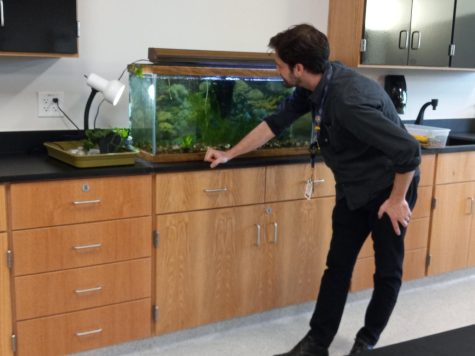
“My favorite fish are the guppies that I started a couple of years ago,” Romano said. “They’re native to Venezuela and their habitat has been destroyed. I keep them in the classroom because if it wasn’t for hobbyists like myself, this fish would probably be extinct. This is an allegory for what’s going on with a lot of different species on Earth.” (Image by Laura Rivera)
One of the aquariums is filled with Neon Tetras and is run by a student. Romano utilizes this specific tank in his lessons to inspire students to begin their own.
“I use the student-run tank to teach students how to set up their aquariums and how to take care of the fish before they start their own tank at home,” Romano said. “Students are currently in the process of taking name suggestions for them.”
The aquatic science classes’ experience with fish will also take place outdoors.
“In January, we’re going to start our trout in the classroom program and it’s directly related to our community’s ecosystem,” Romano said. “We’re going to get 300 trout eggs, we’ll raise them and in April or May, we will go out with Texas Parks and Wildlife and release them into the Guadalupe River. This is really cool because the students get to actually start from an egg all the way to a juvenile fish.”
Inside the classroom, Romano designs his lessons in order for students to make connections with occurrences that happen in their everyday lives.
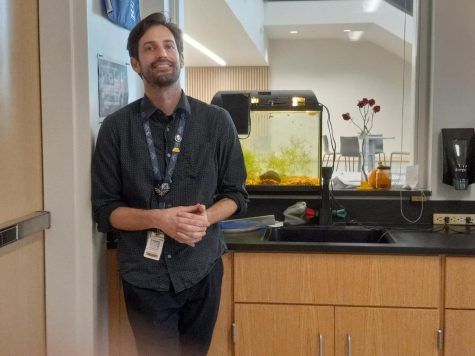
“In aquatic science, I modeled my first tank on the Brushy Creek ecosystem,” Romano said. “I also tried to make a self-sustaining ecosystem to teach the students about nutrient cycles and food chains.” (Image by Laura Rivera)
“We just talked about where we get our drinking water and some students didn’t know we get it from a lake,” Romano said. “They think that’s kind of gross, but then we talked about how it goes from a lake to your tap. Hopefully, they think about that every time they turn on their shower or tap, or flush the toilet.”
Romano believes it’s important for students to take aquatic science in order for them to comprehend the importance and impact of on-going natural phenomena. He also thinks the course is essential to fully understand the functions of the world.
“This class raises awareness about current events like climate change,” Romano said. “These are things that are really affecting students’ generation that I think everyone should know more about and get the facts on. This is all real world stuff. It’s right in your backyard, it’s global and it’s really everything that affects our daily lives.”
Your donation will support the student journalists of McNeil High School. Your contribution will allow us to purchase equipment and cover our annual website hosting costs.

![Aquatic science teacher Mark Romano poses beside the student-run tank filled with Neon-Tetras.
“It’s important to have [animals in the aquatic science classroom] because students are probably asking themselves ‘When am I going to use this in life?’. Well, they’re making real life happen right here in the classroom by doing the trout program, learning how to start a tank or by just going over there and appreciating nature in its little boxed form here.”](https://mhstrailblazer.com/wp-content/uploads/2022/11/20221109_170624-900x675.jpg)
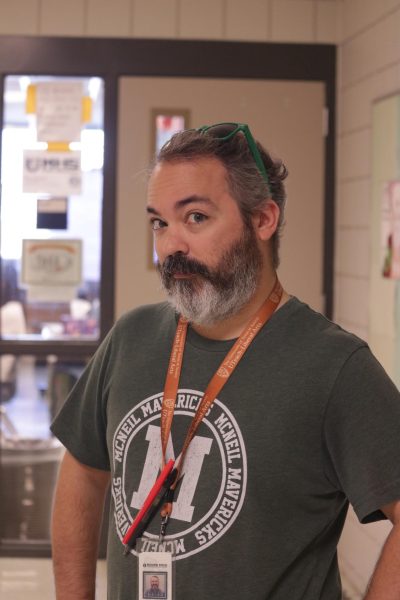
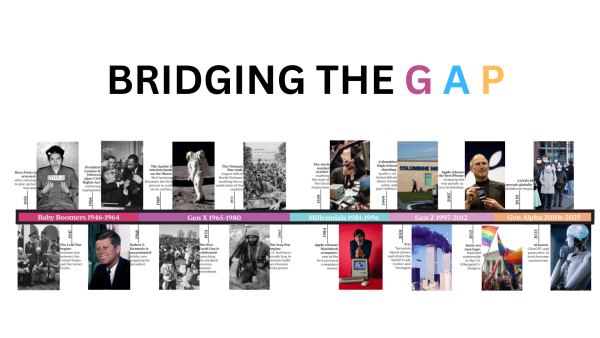



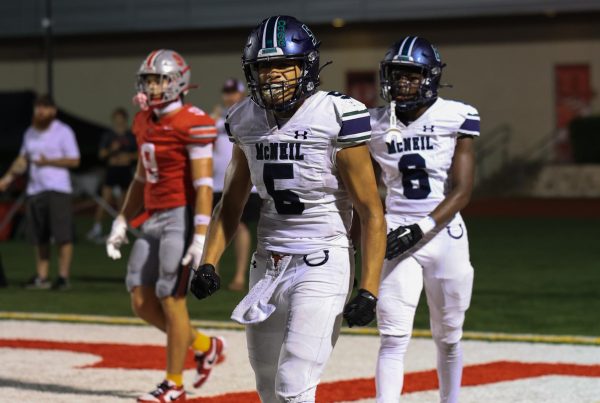

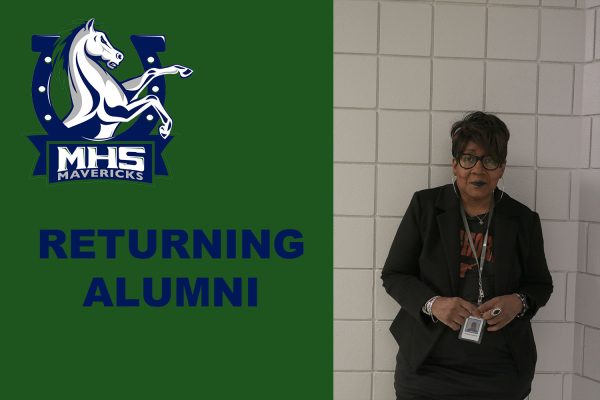
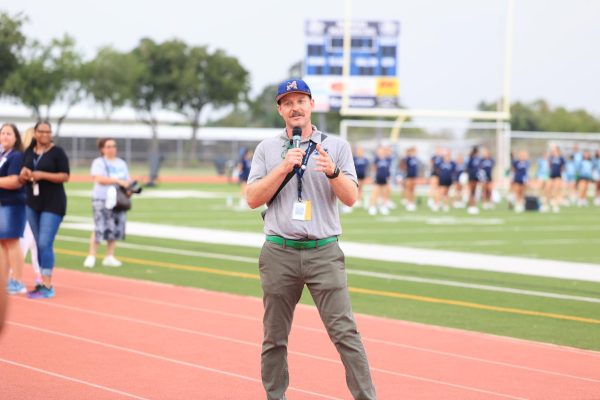

Isabelle Vera • Nov 17, 2022 at 1:28 pm
awesome! i love his fish!